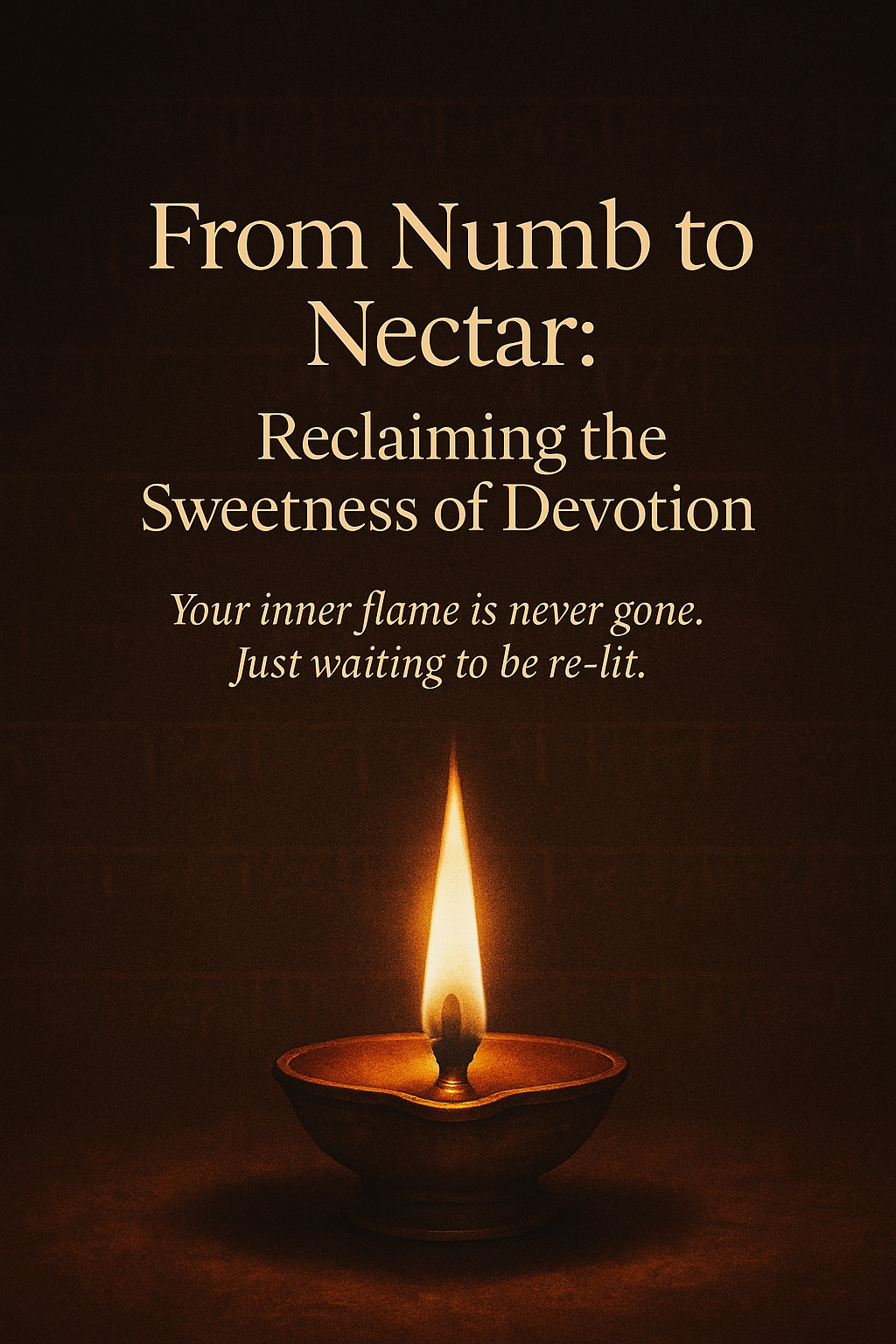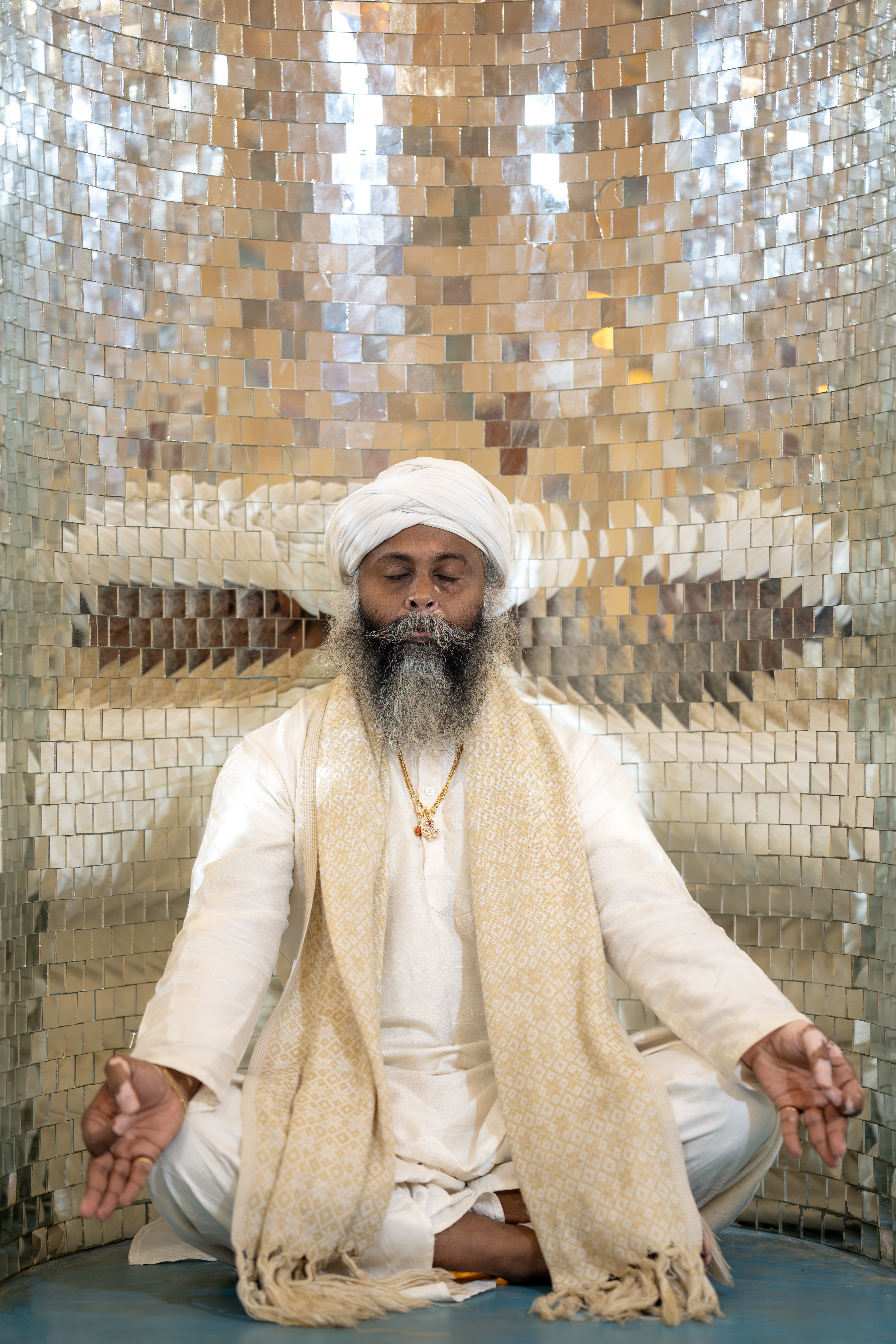In life, there is a fine line between stagnation and stillness—two states that may appear similar on the surface but hold entirely different energies within. Understanding this difference can help you recognize whether you are simply pausing for clarity or if you are unknowingly resisting growth.
What is Stagnation?
Stagnation is a sense of being stuck, where nothing moves, shifts, or evolves. It is the heaviness that comes from resisting change, whether out of fear, comfort, or uncertainty. When stagnation takes hold, life begins to feel repetitive, uninspired, and disconnected from purpose.
Some signs of stagnation include:
- Feeling uninspired, directionless, or lost
- Avoiding opportunities for growth due to fear of discomfort
- Experiencing frustration, boredom, or restlessness without knowing why
- Feeling emotionally, mentally, or spiritually drained
Stagnation isn’t just stillness—it’s inaction without intention. It’s like water that is left undisturbed for too long, becoming murky and lifeless. Without movement, energy becomes stuck, and we begin to feel trapped in patterns that no longer serve us.
What is Stillness?
Stillness, on the other hand, is a conscious pause—a space where we rest, reflect, and reconnect with ourselves. It is not about being stuck but about being present. Stillness is the moment between inhale and exhale, where clarity arises, and transformation begins.
Signs of true stillness include:
- Feeling peaceful, even in moments of uncertainty
- Having a deep sense of trust in the unfolding of life
- Using quiet moments for self-reflection and insight
- Feeling connected to your intuition and inner wisdom
Stillness is intentional non-movement—it is resting in your being while allowing life to flow around you. It is the sacred pause before inspired action, the moment of silence before the next great shift.
How to Move from Stagnation to Stillness
If you find yourself feeling stuck, here’s how to shift into stillness:
- Embrace Awareness – Acknowledge where you are and ask yourself, “Am I resisting change, or am I allowing space for clarity?”
- Connect to Your Breath – The breath is the easiest way to find stillness. Slow, deep breaths anchor you into the present moment.
- Allow Inner Reflection – Instead of avoiding discomfort, sit with it. Stillness allows clarity to emerge naturally.
- Trust the Process – Stagnation thrives on fear; stillness thrives on trust. Know that growth is happening, even when you can’t see it.
Final Thoughts
Stillness is a gift, a sacred moment where your soul speaks, and your next steps reveal themselves. Stagnation, however, is a call to reawaken and step forward. The key is to recognize whether you are waiting with intention or resisting out of fear.
So, the next time you feel stuck, ask yourself: Am I stagnant, or am I simply finding my stillness? The answer can change everything.


0 Comments